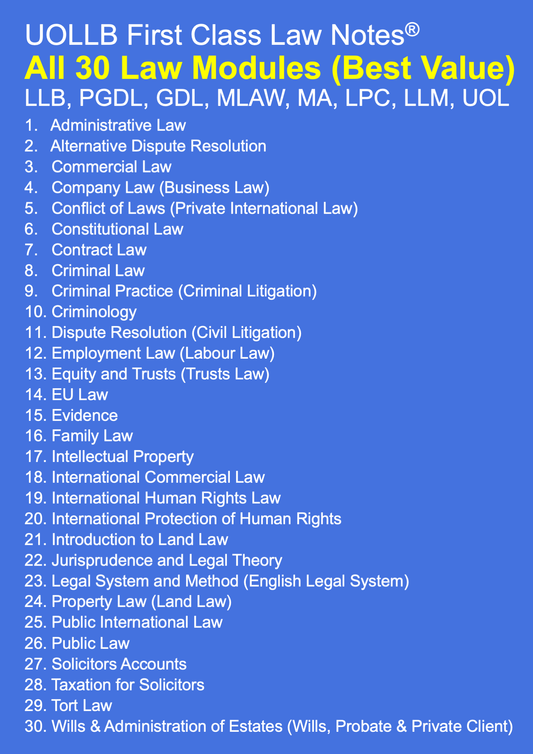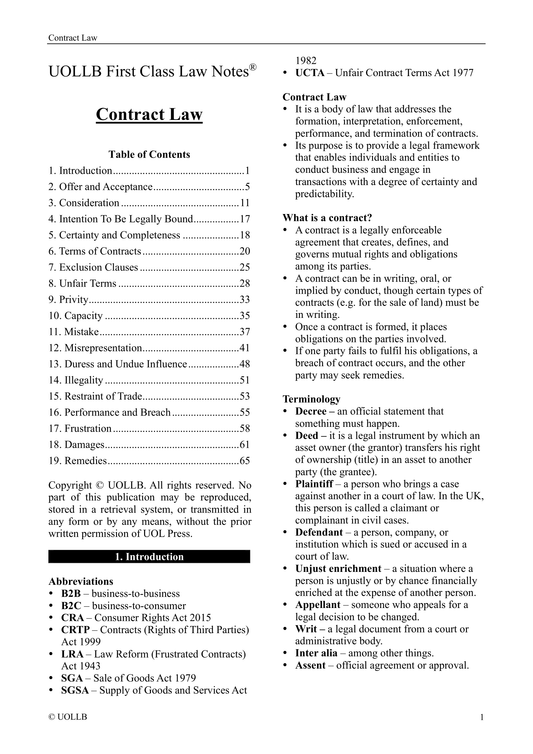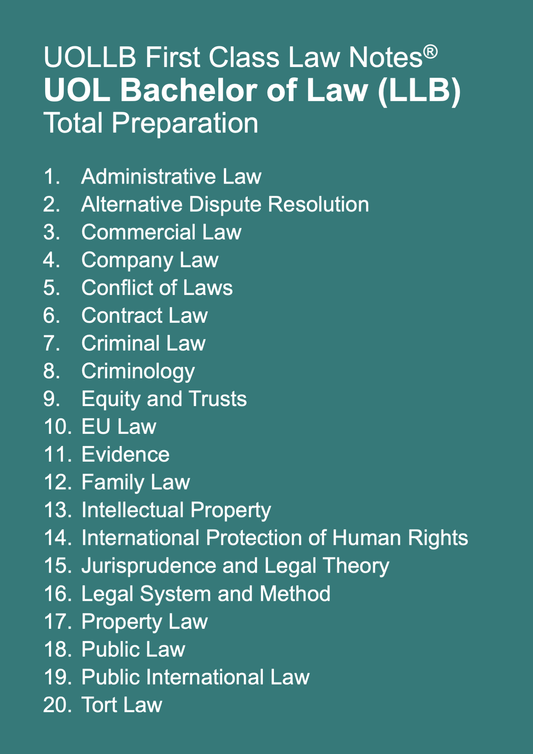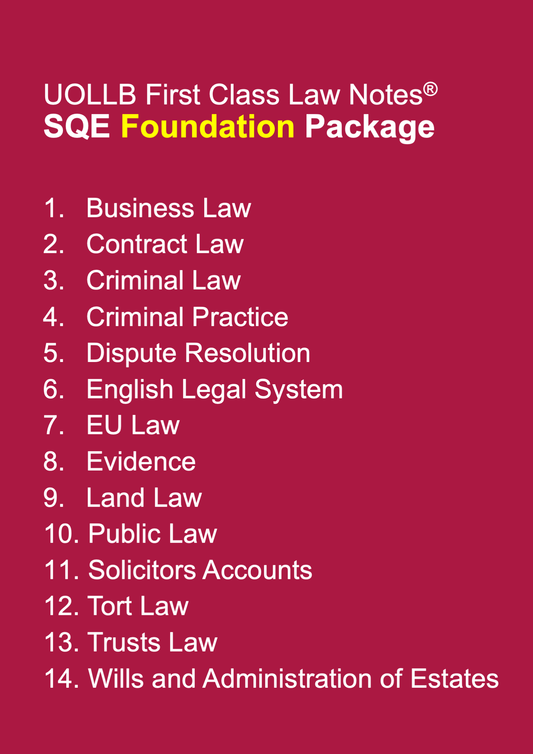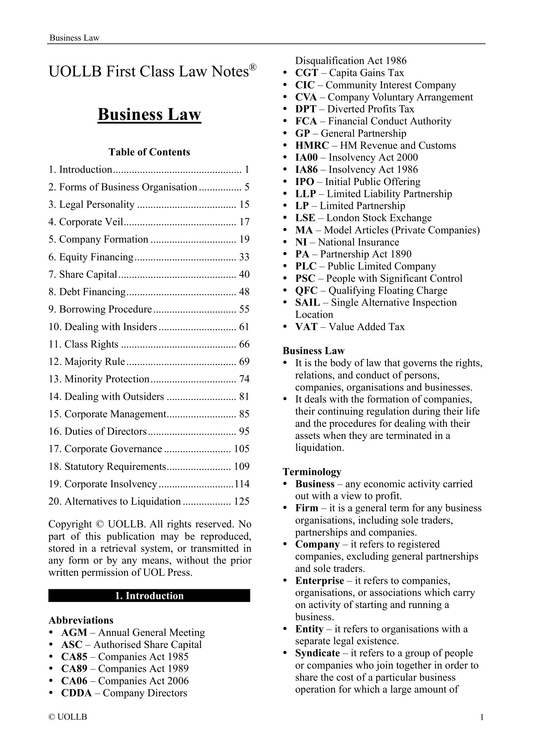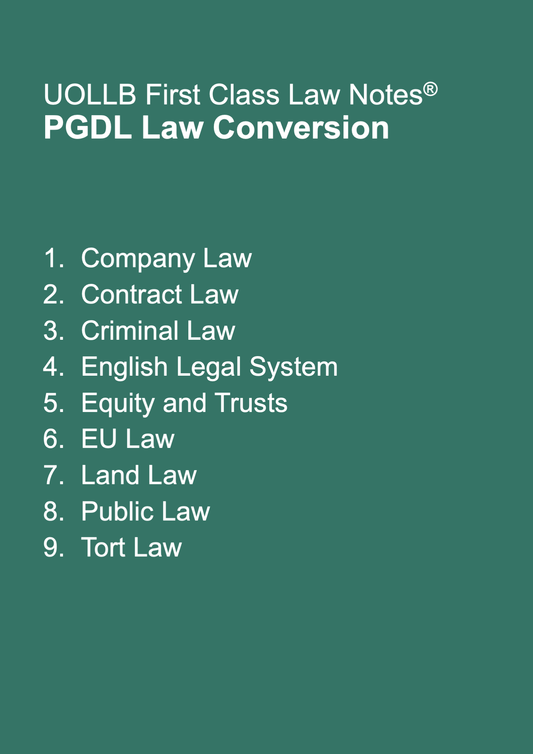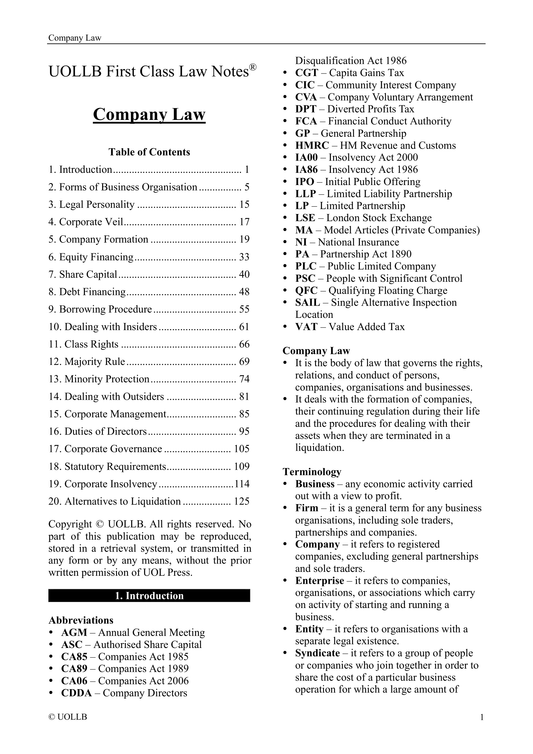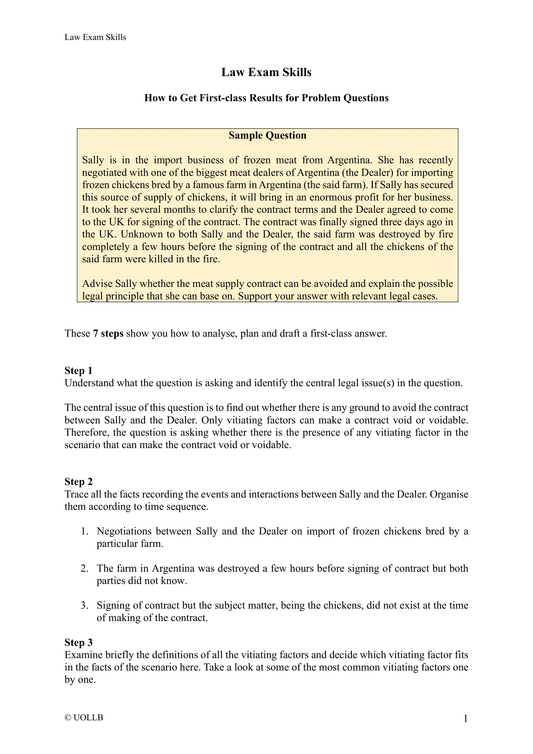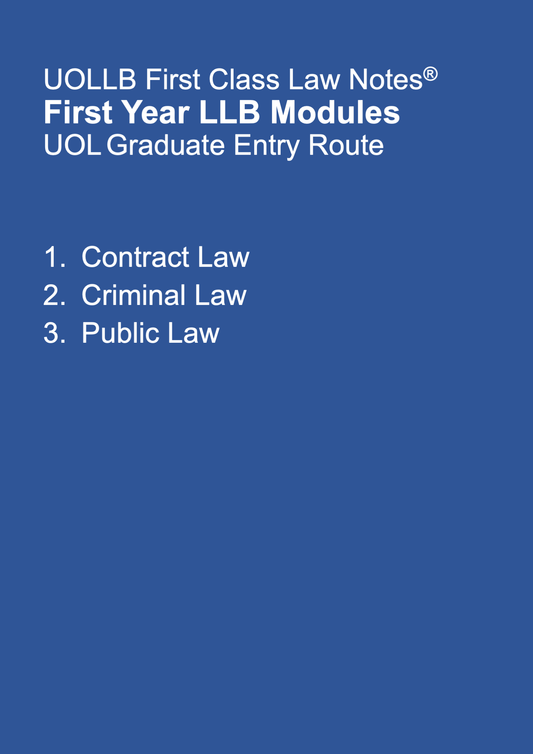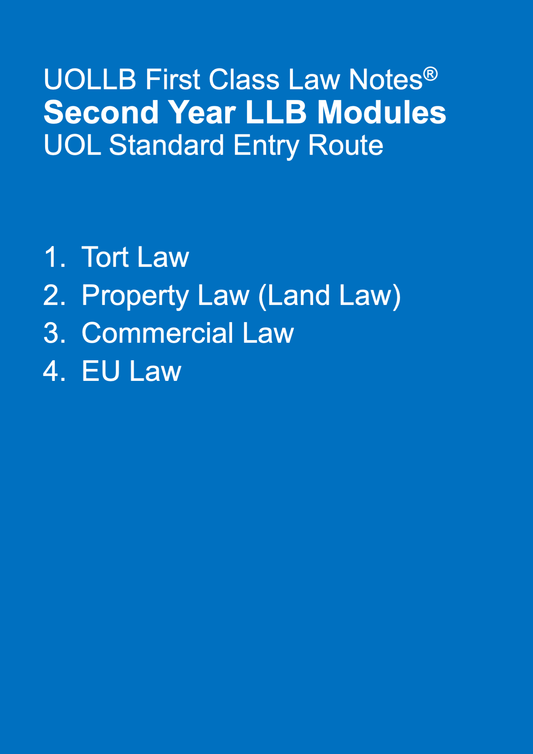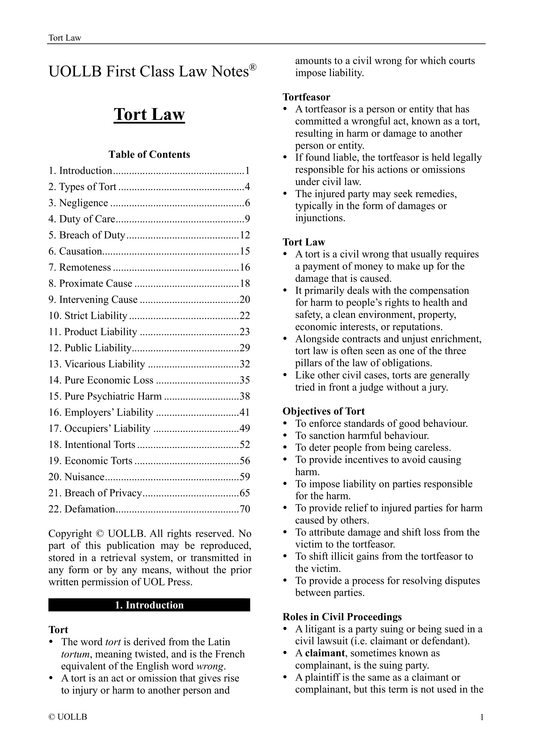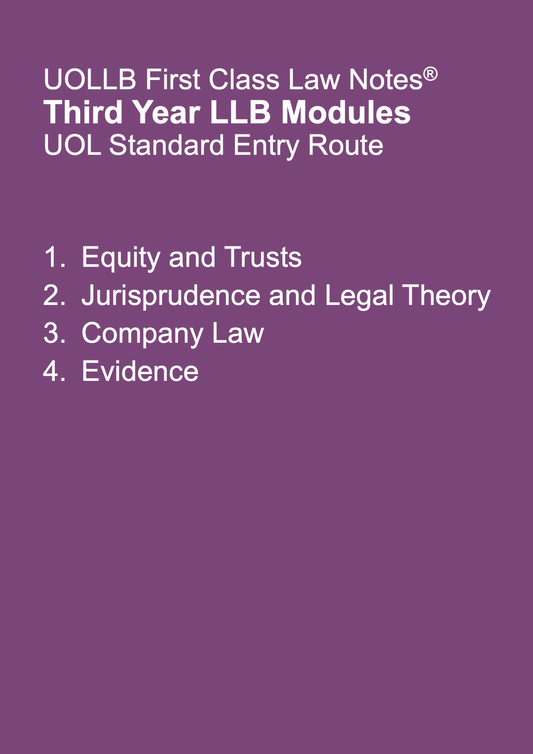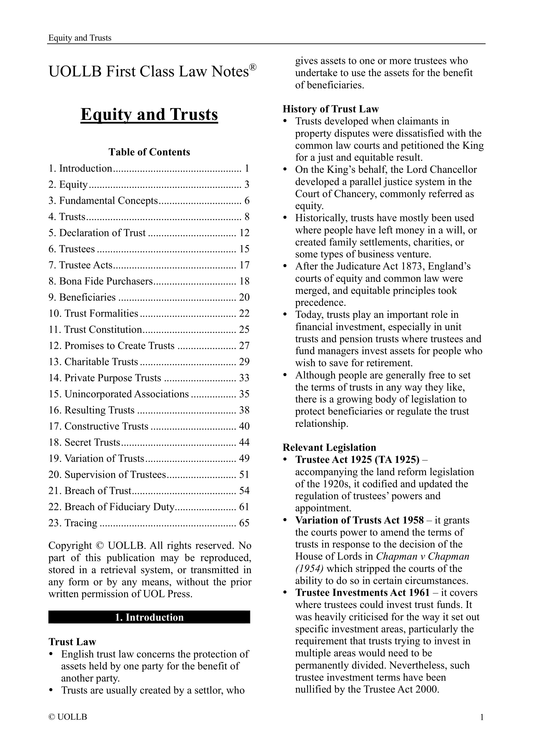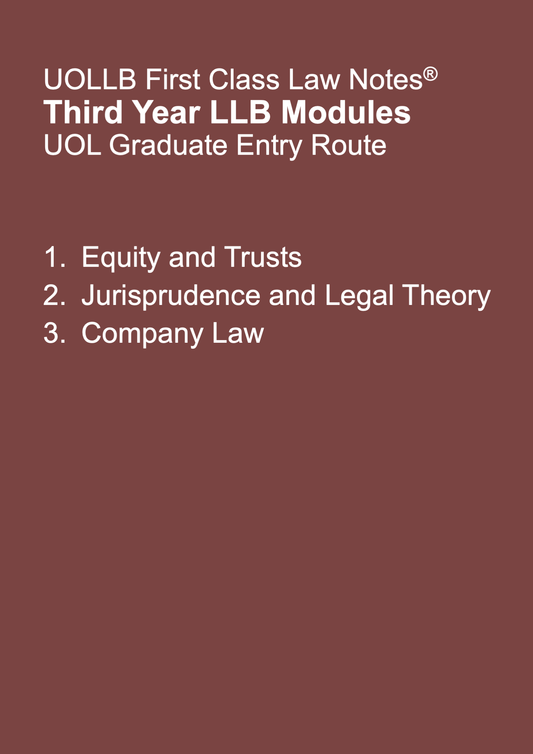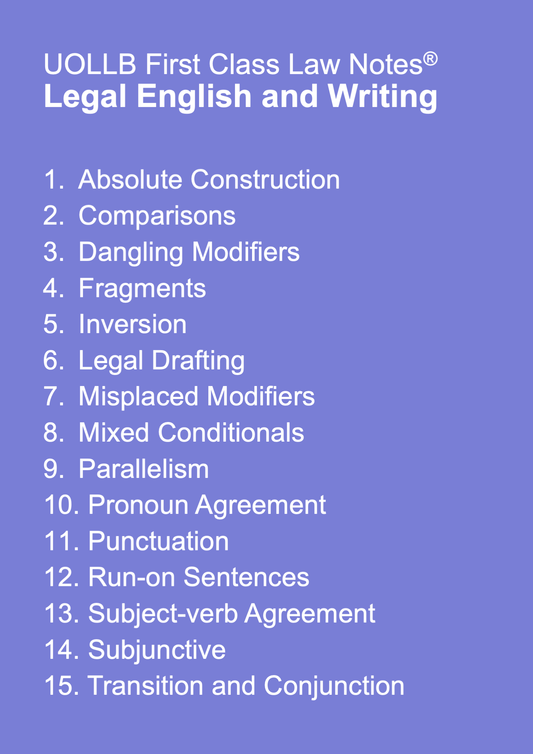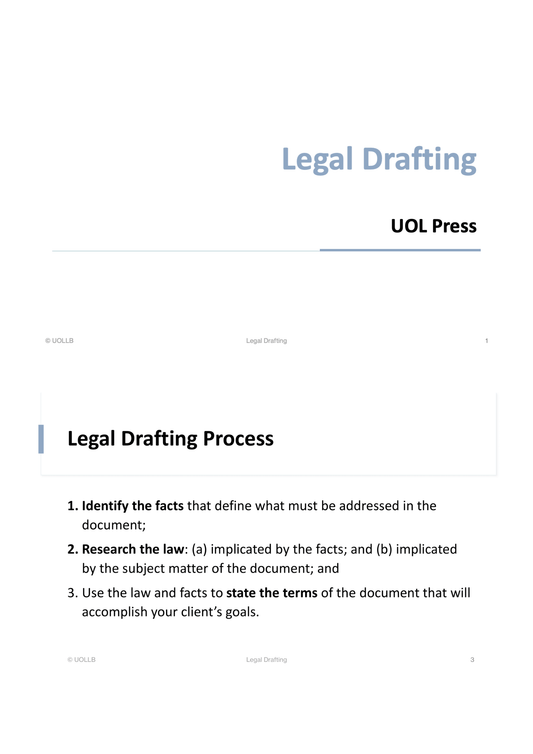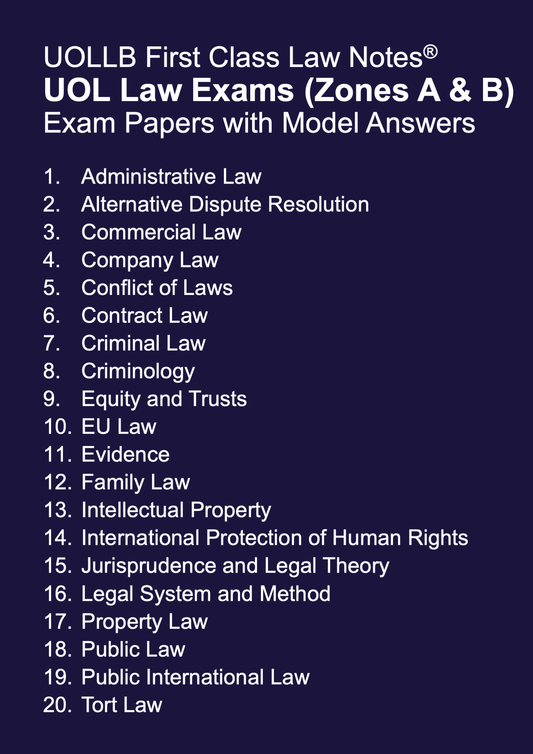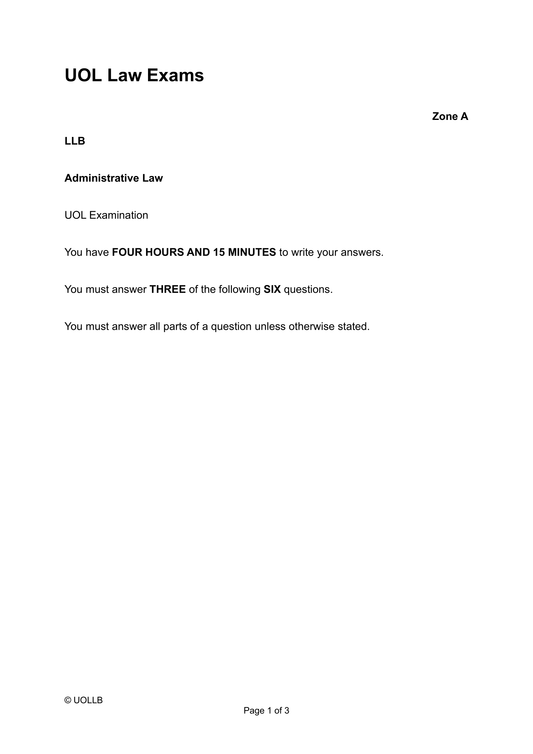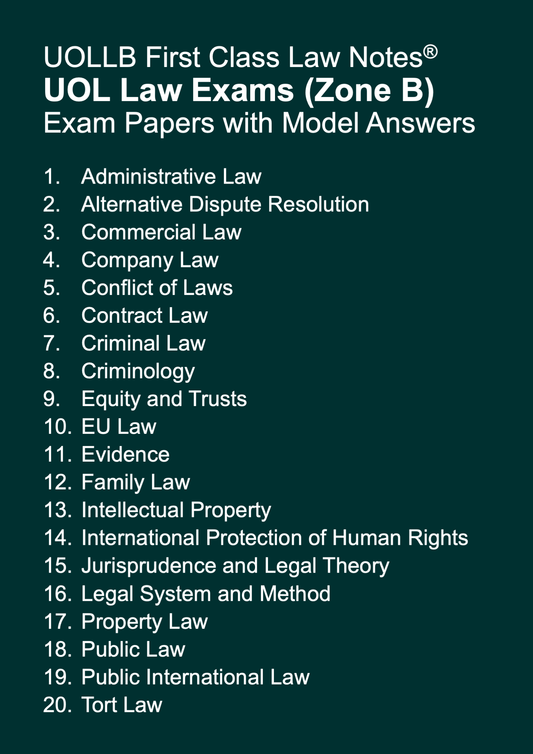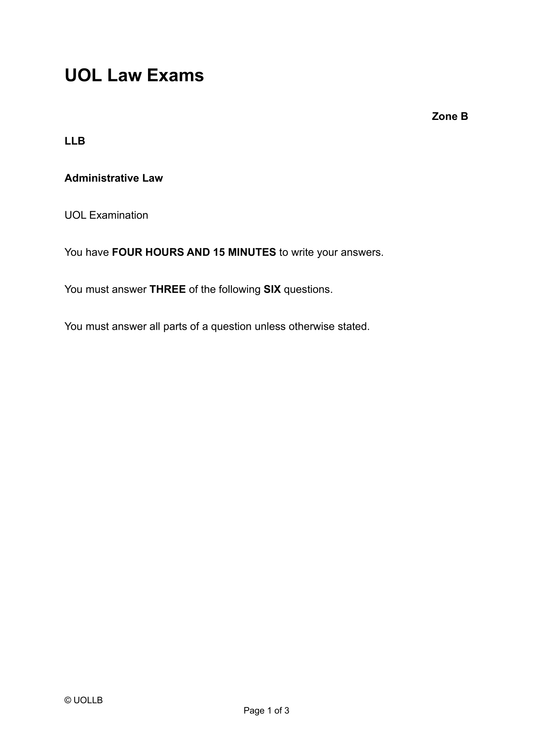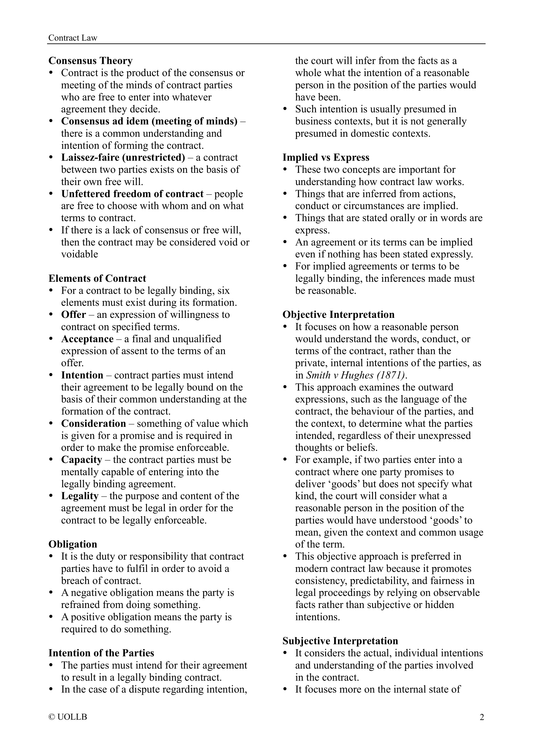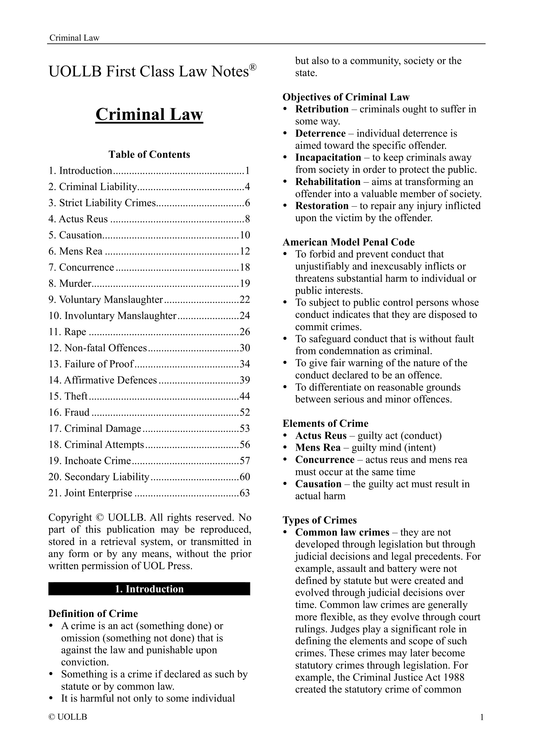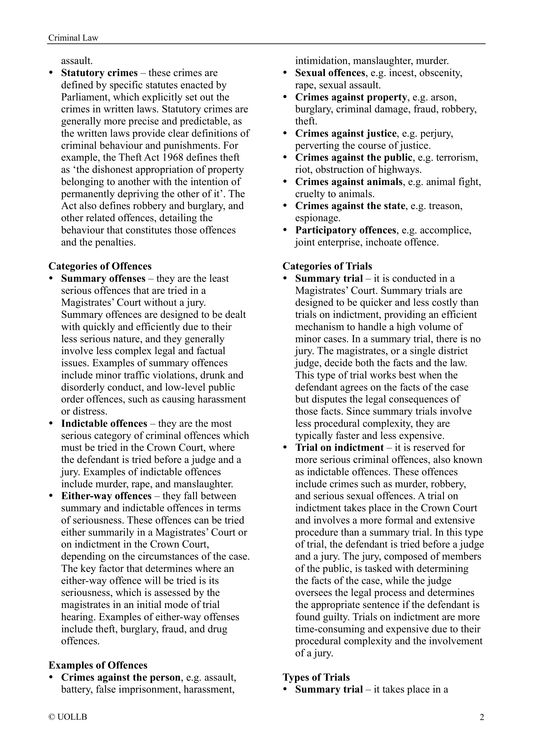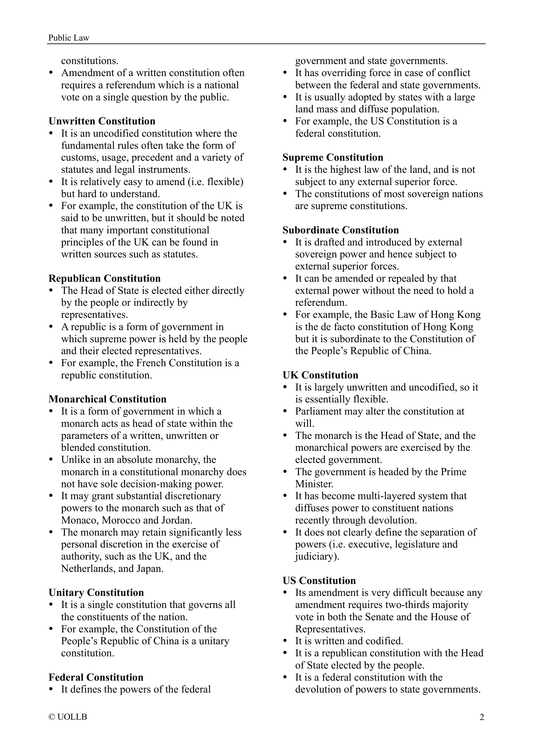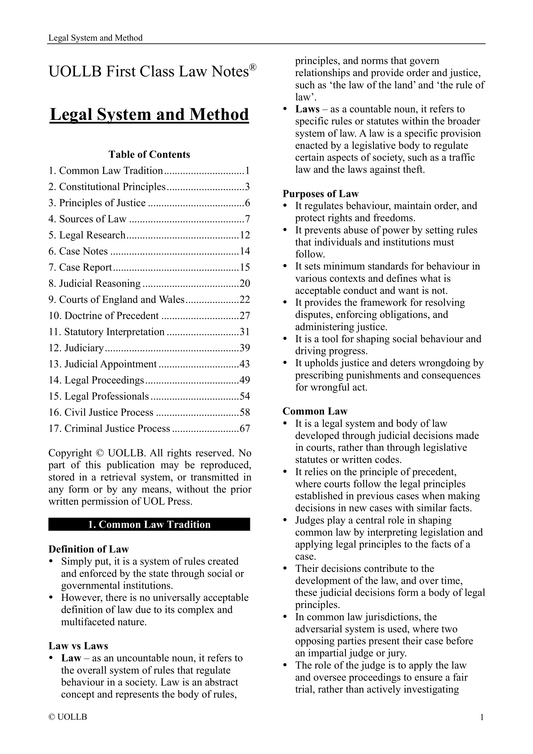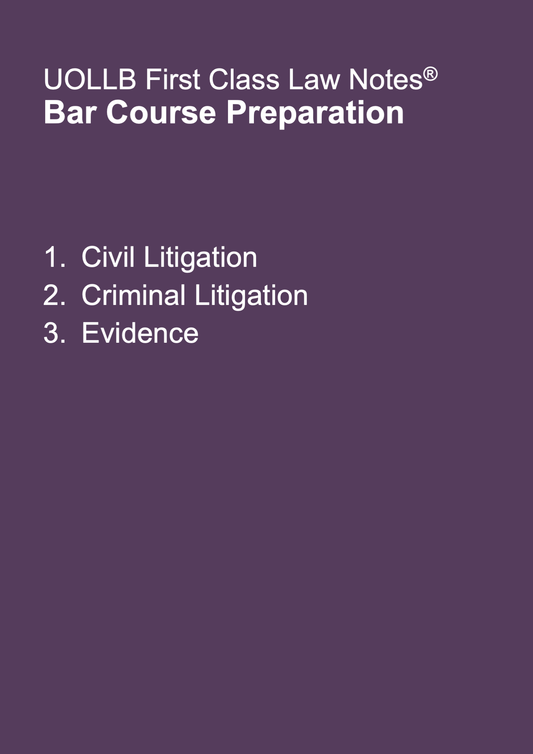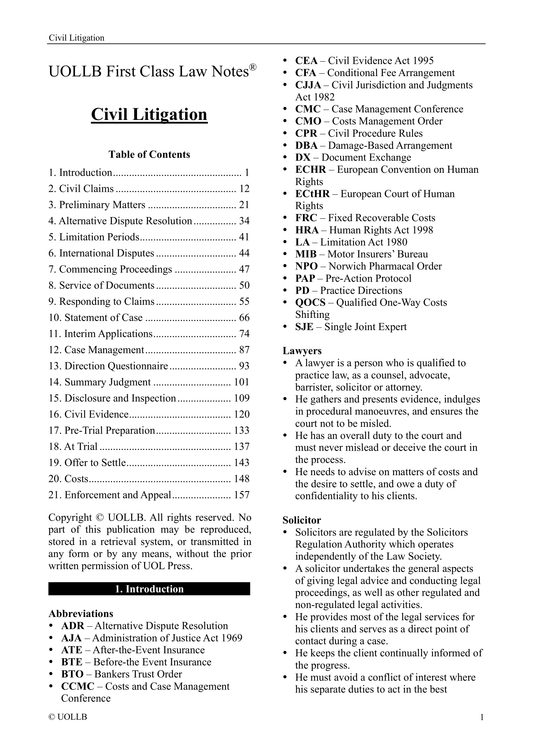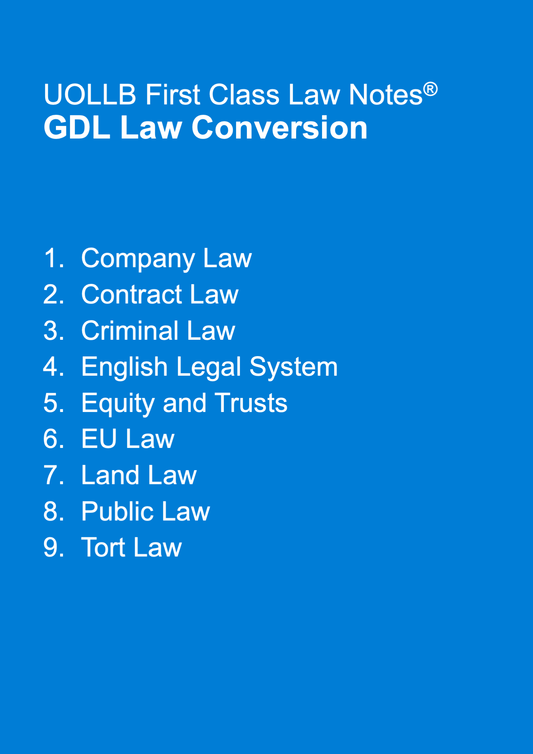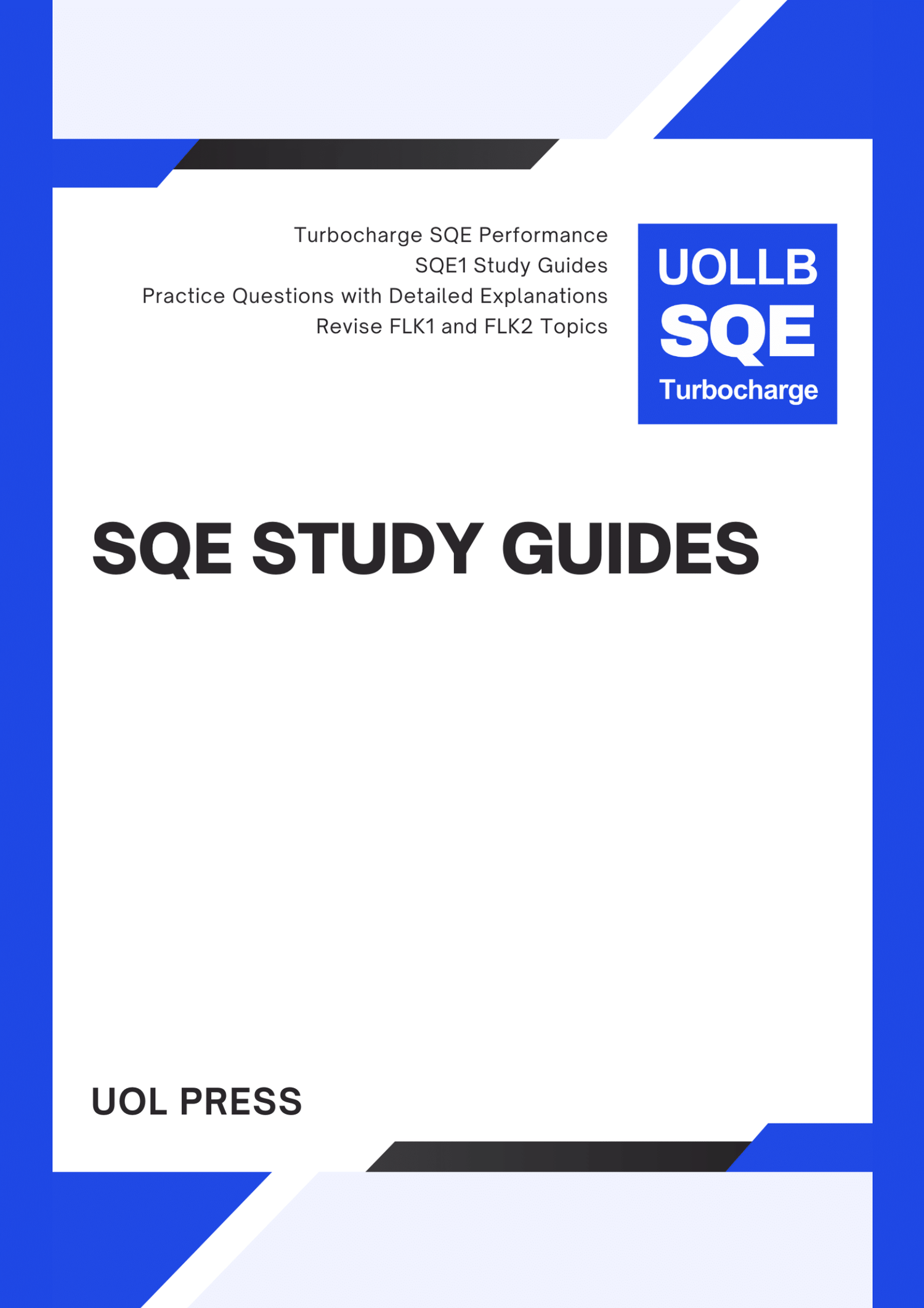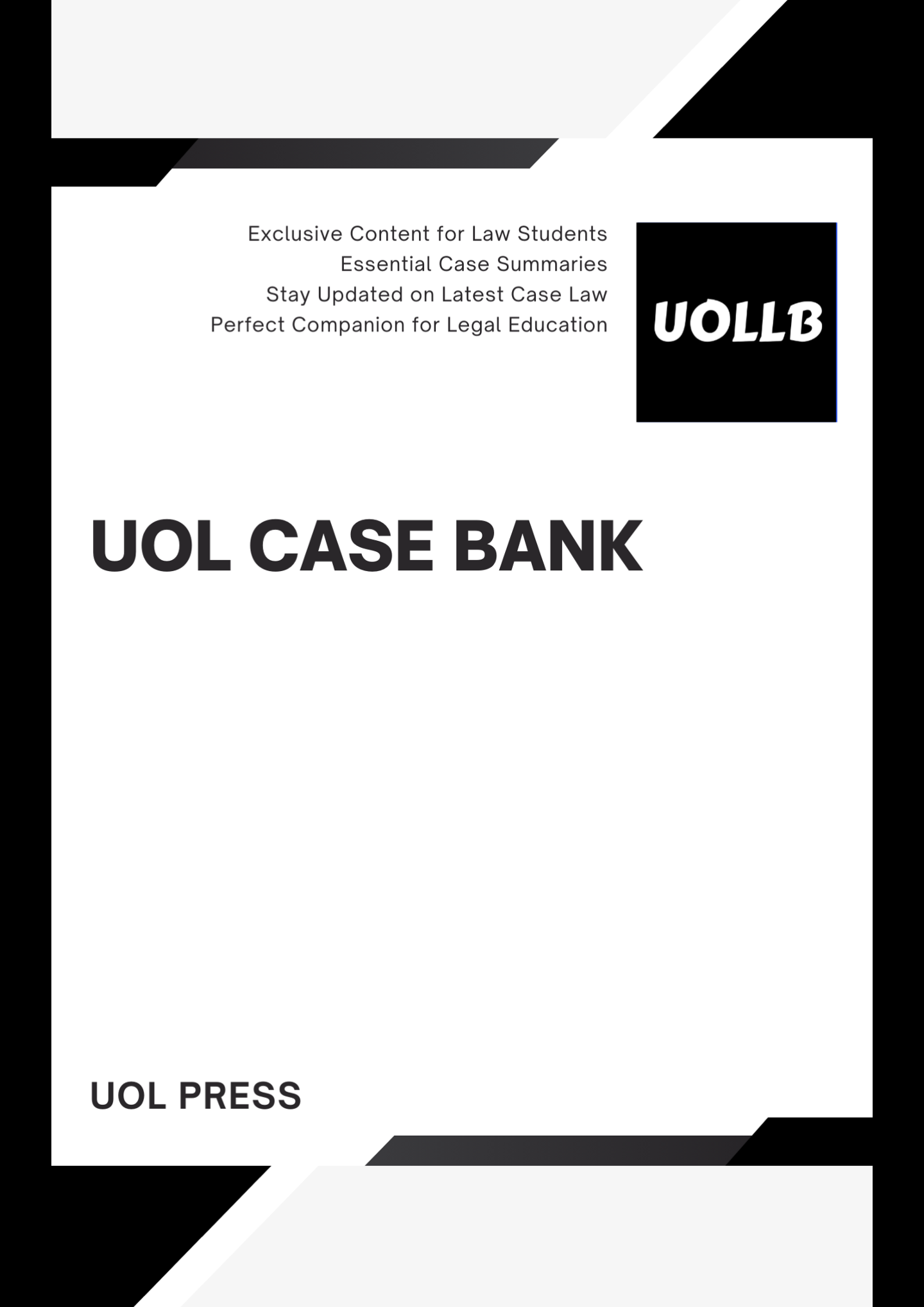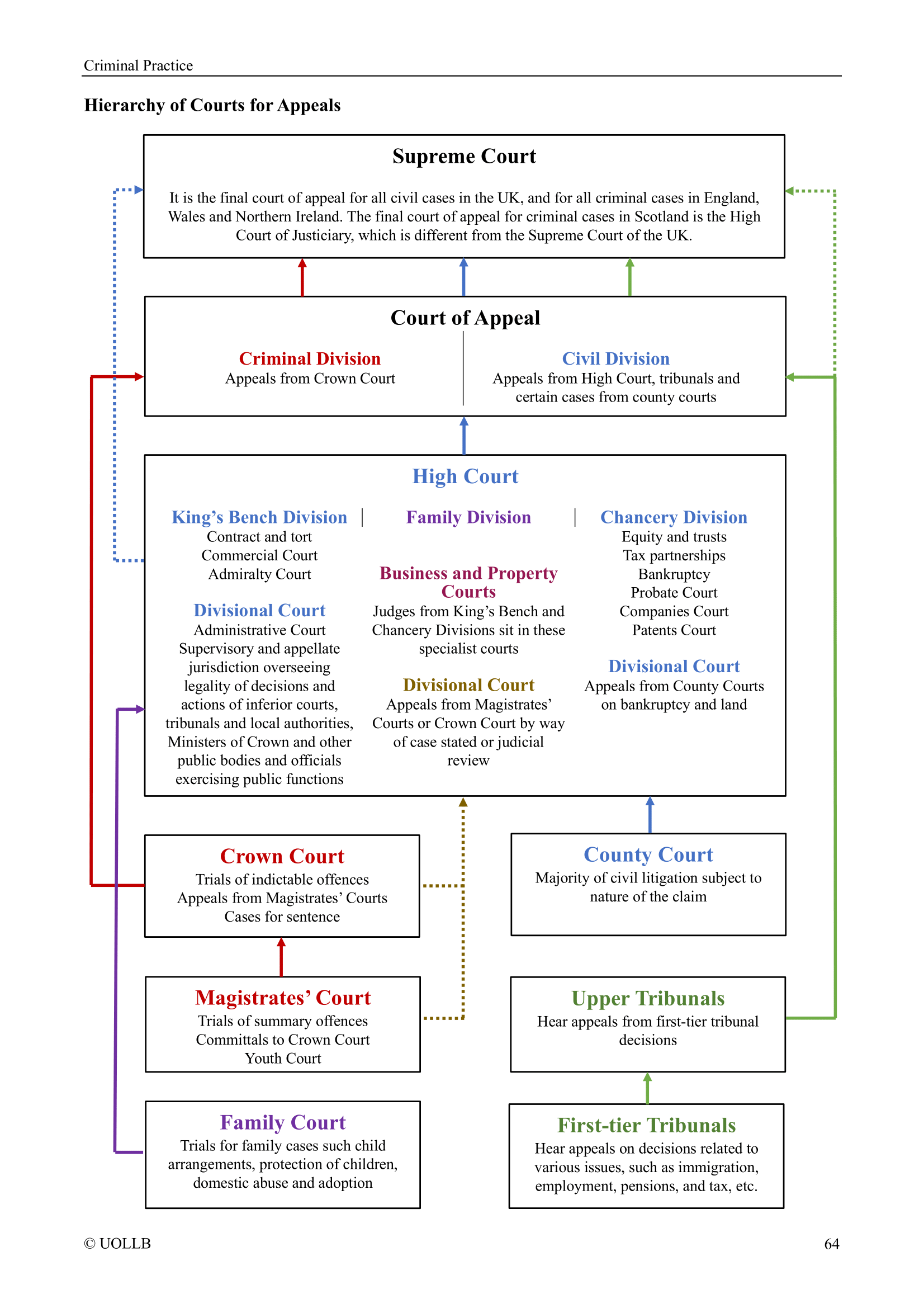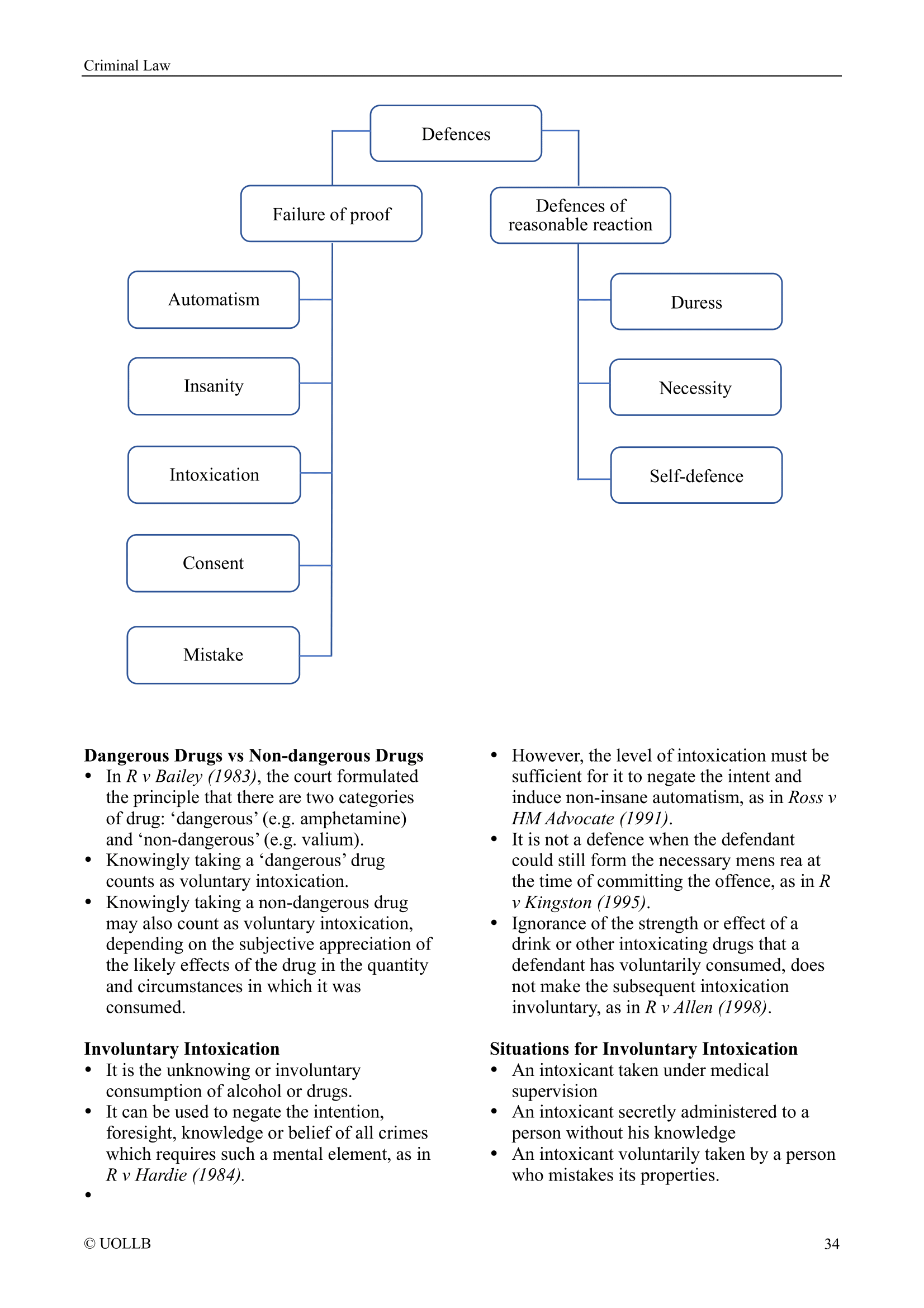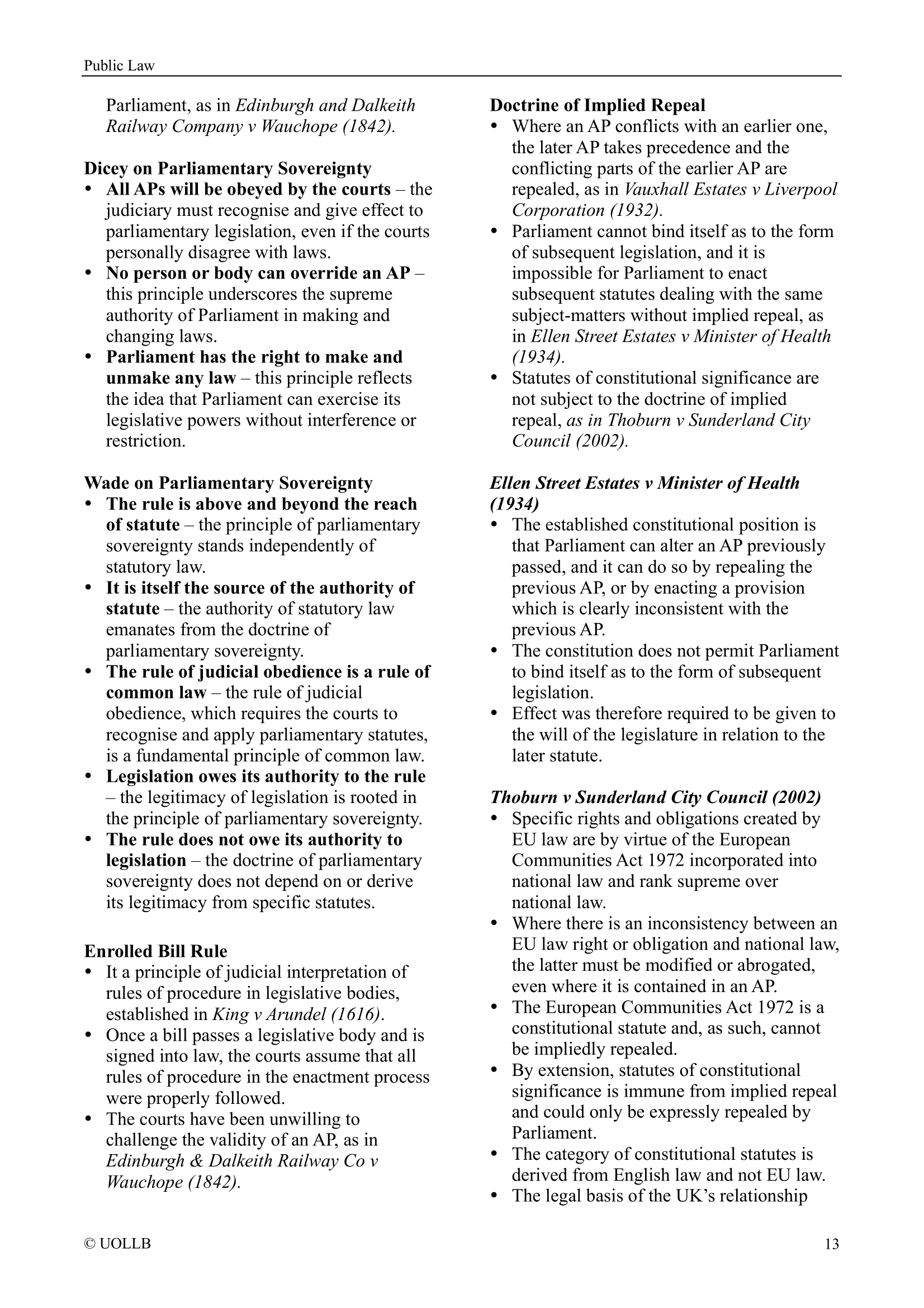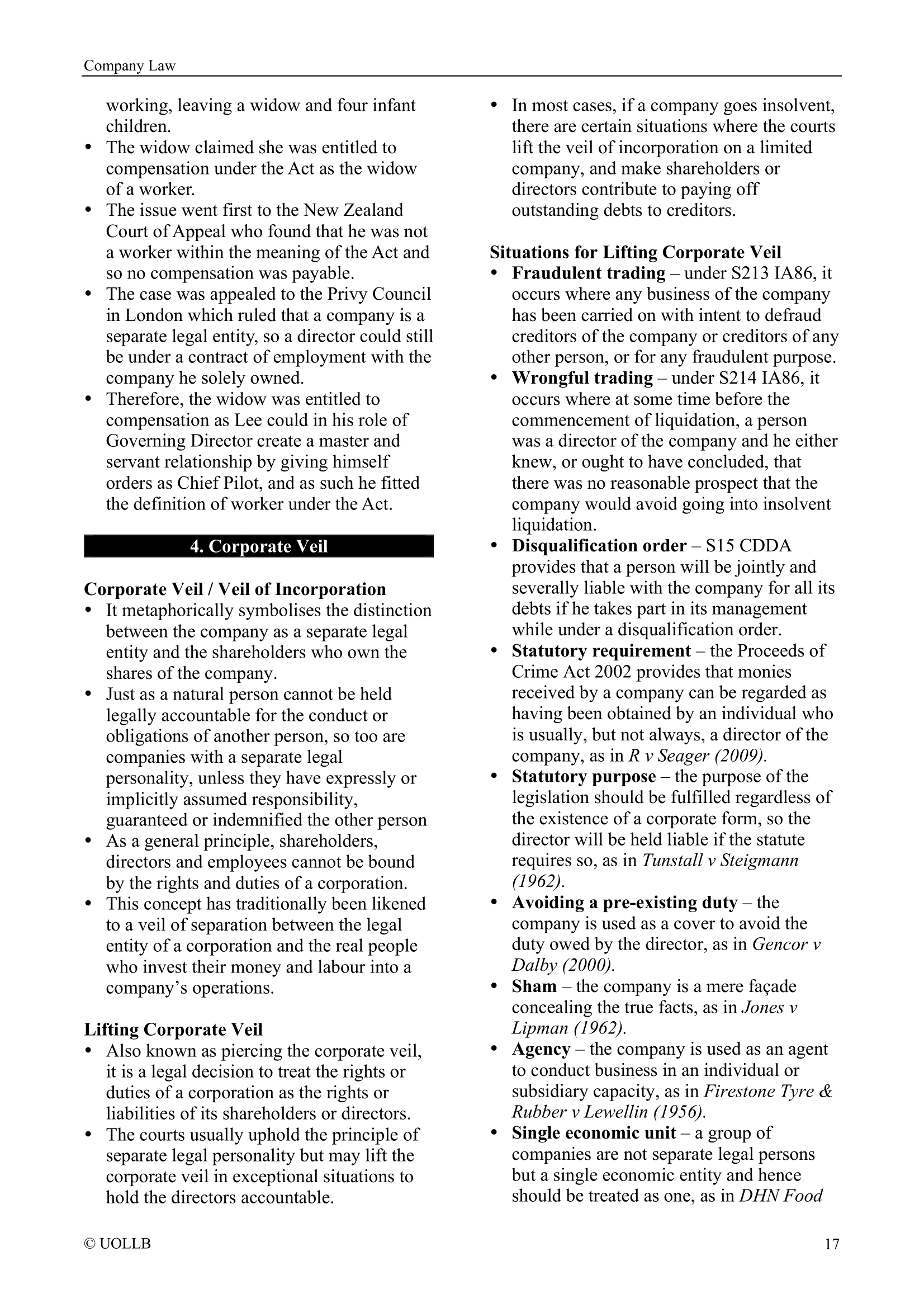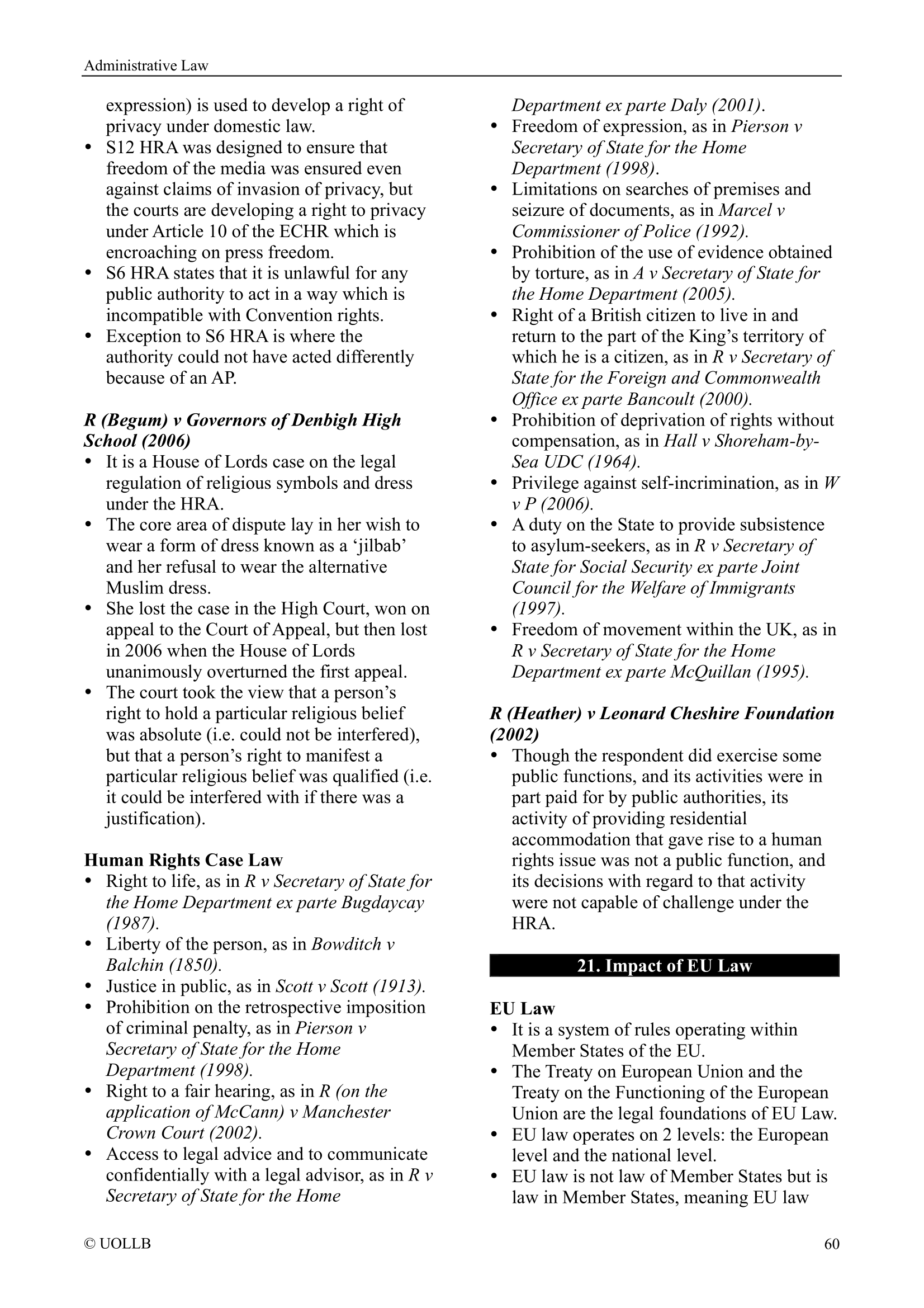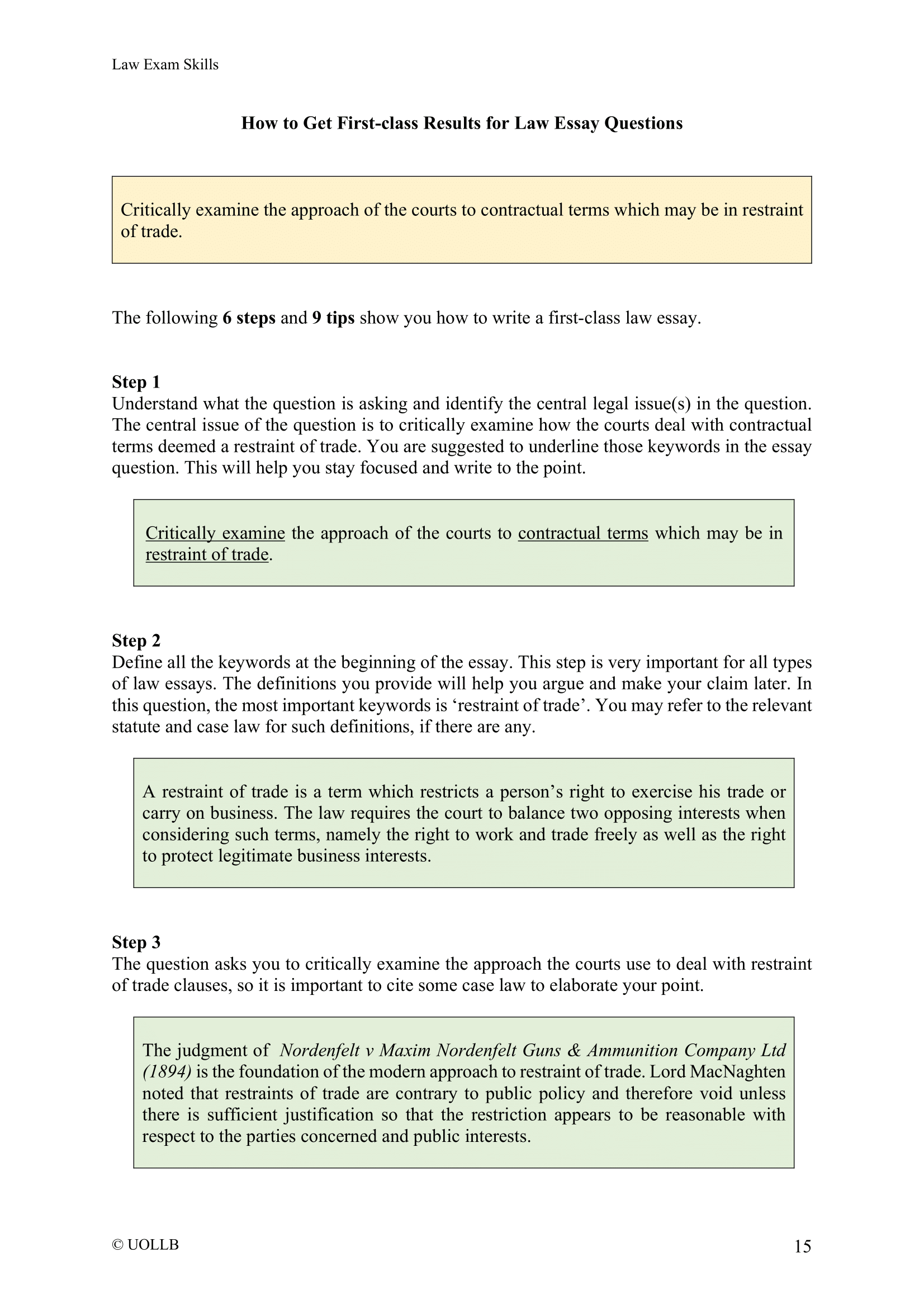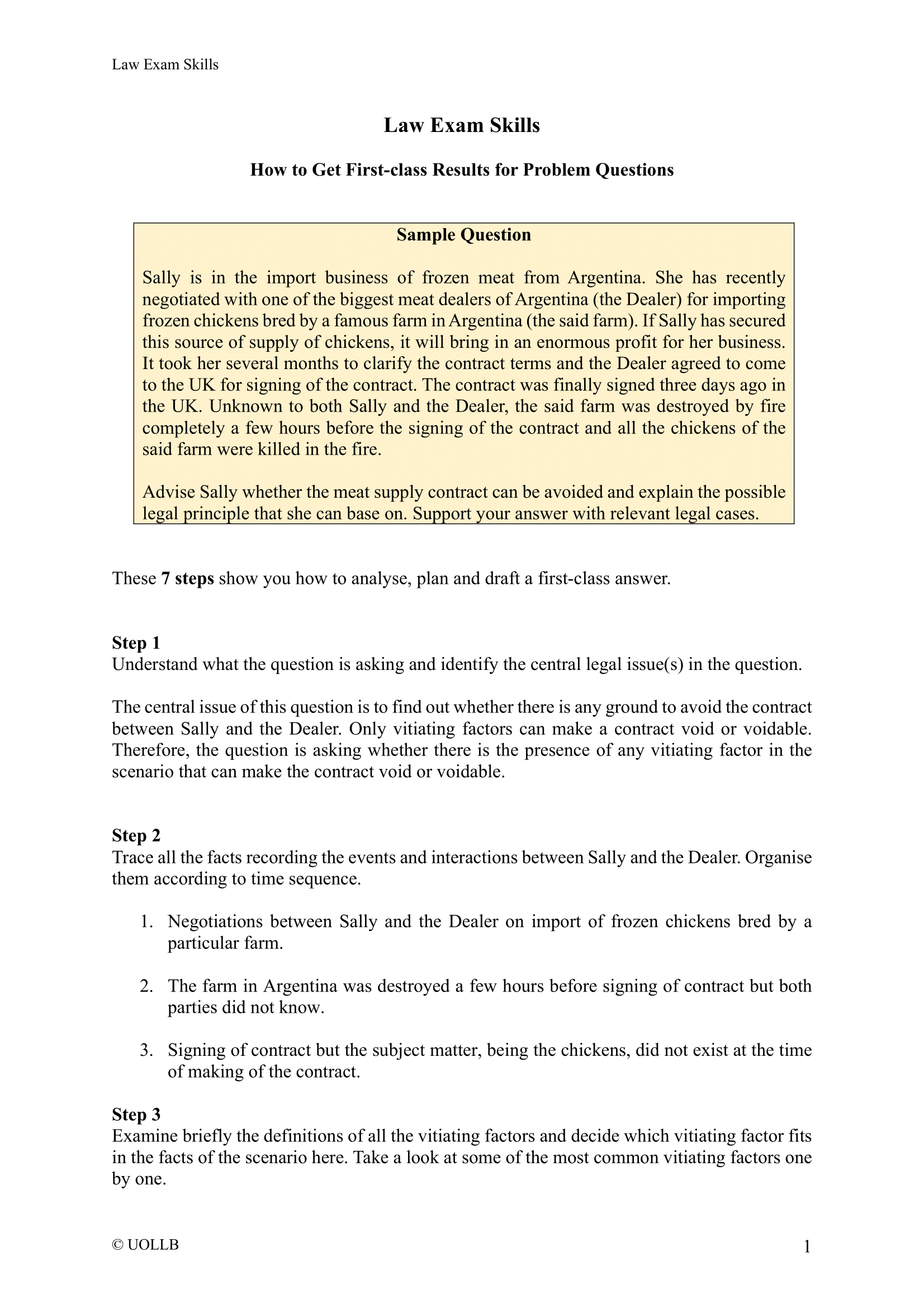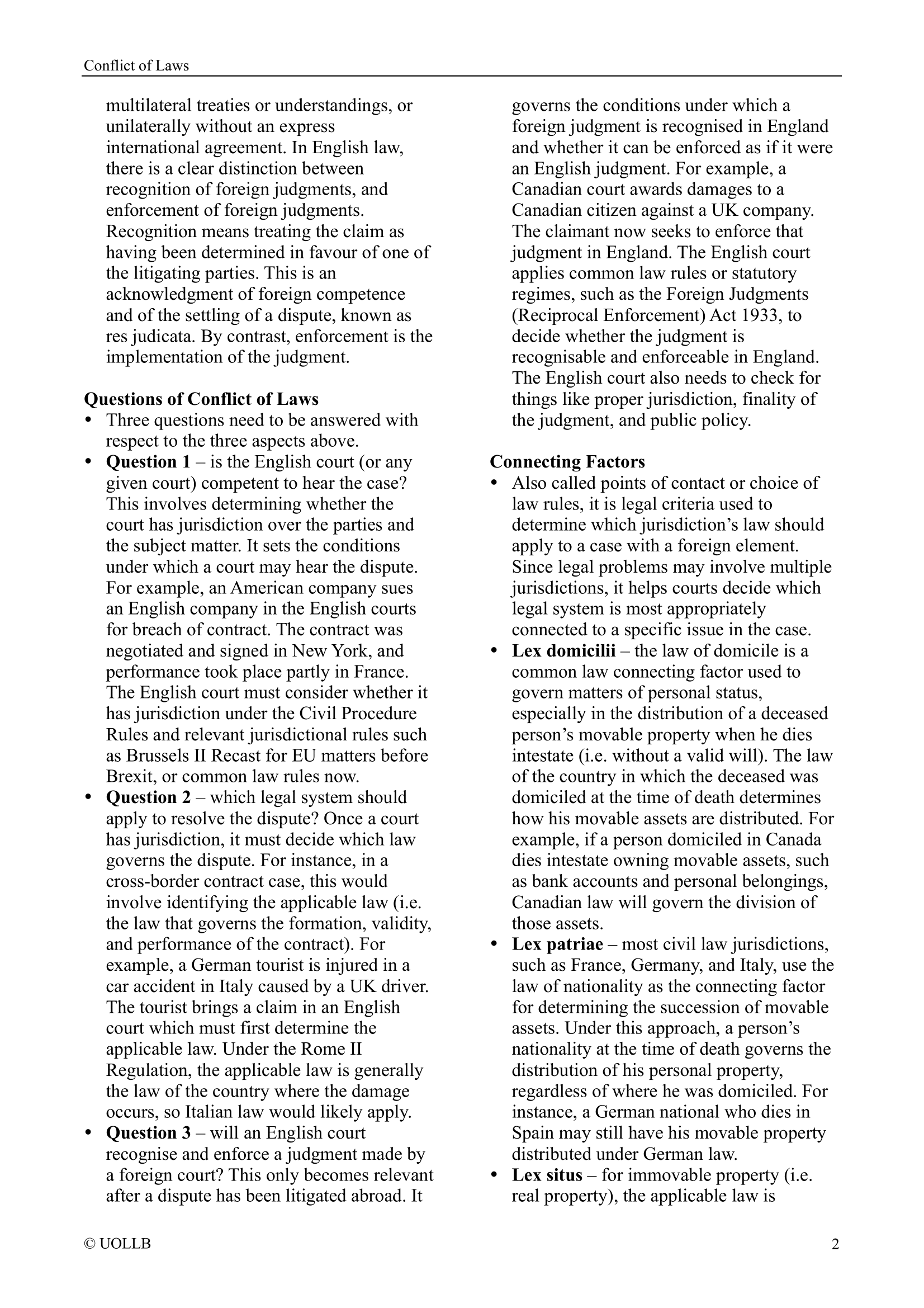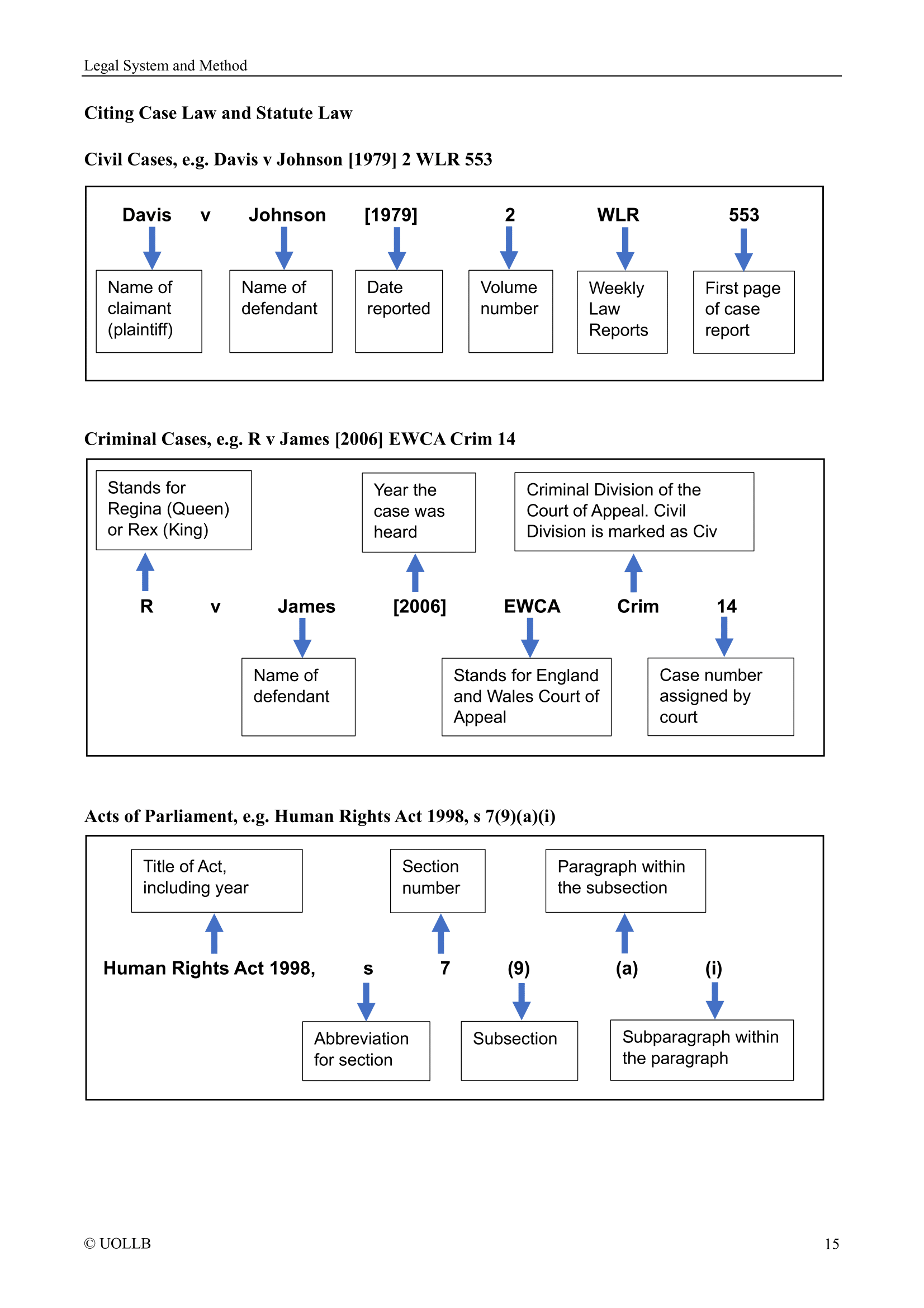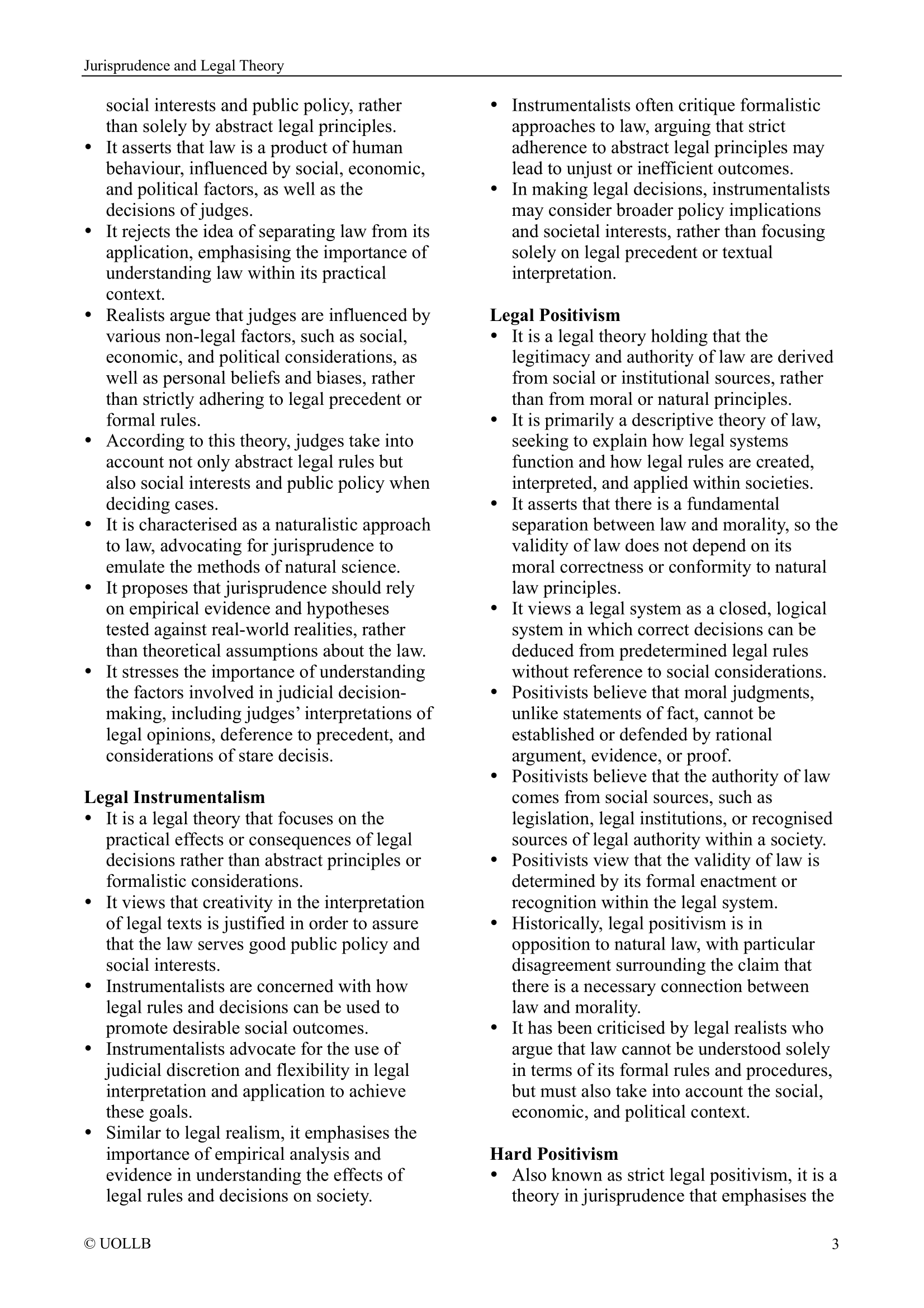Application of Public Interest Immunity
Share
Public Interest Immunity (PII) is one of the most contentious doctrines in English evidence law, reflecting the enduring tension between fairness to the accused and the protection of wider public interests. By permitting the non-disclosure of material relevant to a criminal trial on grounds of public interest, PII inevitably restricts transparency. Critics argue that its application is inconsistent and risks undermining confidence in the criminal justice system. This article will explore the development of PII, analyse the extent of its inconsistency, and evaluate whether its operation undermines transparency, before concluding that although safeguards exist, the doctrine remains problematic in its current form.
The modern basis of PII lies in the common law. In Conway v Rimmer [1968] AC 910, the House of Lords established that courts, rather than the executive, must determine whether public interest requires the withholding of evidence. This marked a decisive move away from earlier decisions such as Duncan v Cammell Laird & Co [1942] AC 624, where the executive’s assertion of privilege was effectively conclusive. Lord Reid in Conway emphasised that the ultimate duty of the court is to balance two competing public interests: the administration of justice, which requires disclosure of all relevant material, and the protection of interests such as national security, the identities of informants, and the effective functioning of public authorities. The recognition that privilege was not absolute but subject to judicial balancing was an advance in transparency.
Nonetheless, inconsistency quickly became a hallmark of PII. The courts have developed divergent approaches to balancing disclosure and non-disclosure, often depending on the type of interest at stake. In R v H and C [2004] UKHL 3, the House of Lords clarified the proper procedure, stressing that non-disclosure should only be permitted where strictly necessary and that trial judges should review disputed material to determine whether withholding it is compatible with a fair trial under Article 6 of the European Convention on Human Rights (ECHR). Yet in practice, PII rulings vary significantly between cases, particularly in relation to sensitive material such as intelligence evidence.
National security provides the starkest example of inconsistency. Courts have generally deferred to the executive in this context, as in Secretary of State for the Home Department v Rehman [2001] UKHL 47, where the House of Lords held that issues of national security were “primarily for the executive.” While understandable given the expertise of security services, such deference risks undermining judicial scrutiny and transparency. The principle that courts are the ultimate arbiters of PII becomes diluted when national security is invoked, leading to a perception that disclosure may be withheld more readily than in other contexts.
The criminal sphere reveals even greater complexity. In R v Ward [1993] 1 WLR 619, the Court of Appeal quashed a conviction when it emerged that the prosecution had failed to disclose scientific evidence undermining its case, claiming PII. The case illustrated how excessive reliance on PII can miscarry justice. Similarly, in R v Davis, Johnson and Rowe [1993] 1 WLR 613, the House of Lords expressed disquiet about the prosecution’s use of PII to withhold information about police misconduct. These cases highlight how inconsistent application can erode both transparency and fairness, particularly when disclosure is essential for testing the credibility of prosecution witnesses.
Statutory frameworks have sought to introduce greater consistency. The Criminal Procedure and Investigations Act 1996 (CPIA), as amended, sets out a statutory regime for disclosure in criminal cases, requiring the prosecution to disclose material that might undermine its case or assist the defence, subject to PII applications. The Attorney General’s Guidelines on Disclosure and the Judicial Protocol aim to guide prosecutors in making PII applications. Yet even with these frameworks, inconsistency persists because decisions ultimately rest on judicial discretion in balancing competing interests. Moreover, resource pressures on prosecutors and police can lead to poor disclosure practices, with PII invoked too broadly as a shield.
The European Convention on Human Rights has further complicated the picture. Article 6 guarantees the right to a fair trial, which includes the right to disclosure of material evidence. The European Court of Human Rights in Rowe and Davis v UK (2000) 30 EHRR 1 held that non-disclosure of material evidence due to PII violated Article 6 where it undermined the fairness of the proceedings. The Court stressed that while some restrictions on disclosure may be justified, adequate safeguards must be in place to counterbalance the disadvantage to the defence. English courts have sought to align with this proportionality-based approach, but the tension between protecting sensitive information and ensuring fairness remains unresolved.
From a normative perspective, PII can be seen as undermining transparency in two ways. First, it restricts the accused’s ability to know and challenge the case against them, striking at the adversarial principle of equality of arms. Second, its inconsistent application fuels uncertainty, both for prosecutors seeking to apply it and for defendants seeking to challenge it. Transparency is further compromised by the very nature of PII hearings, which often take place in closed session without the participation of the defence. While courts have stressed that judges must act as guardians of fairness, the absence of adversarial testing raises doubts about whether the defence’s interests are adequately protected.
Nonetheless, one must acknowledge that absolute transparency is neither possible nor desirable. The protection of informants, intelligence methods, and national security information is essential to the functioning of the state. In R v H and C, Lord Bingham observed that disclosure is not an absolute right and that PII reflects the need to reconcile fairness to the defendant with the broader public interest. Moreover, mechanisms such as judicial inspection of sensitive material and the use of special advocates in some contexts mitigate the impact on transparency, though these are not without criticism.
In conclusion, public interest immunity is an indispensable but imperfect doctrine. Its scope and application have evolved significantly since Conway v Rimmer, shifting from executive dominance towards judicial balancing. However, inconsistency persists, particularly in cases involving national security and sensitive police information, and the opaque nature of PII hearings undermines transparency in the criminal justice system. While safeguards such as judicial inspection, the CPIA disclosure regime, and ECHR jurisprudence temper the risks, they have not eliminated them. Ultimately, PII embodies an unavoidable tension between the competing imperatives of fairness and protection of the public interest, but its inconsistent application continues to cast doubt on whether the balance struck truly serves justice in a transparent and principled way.
